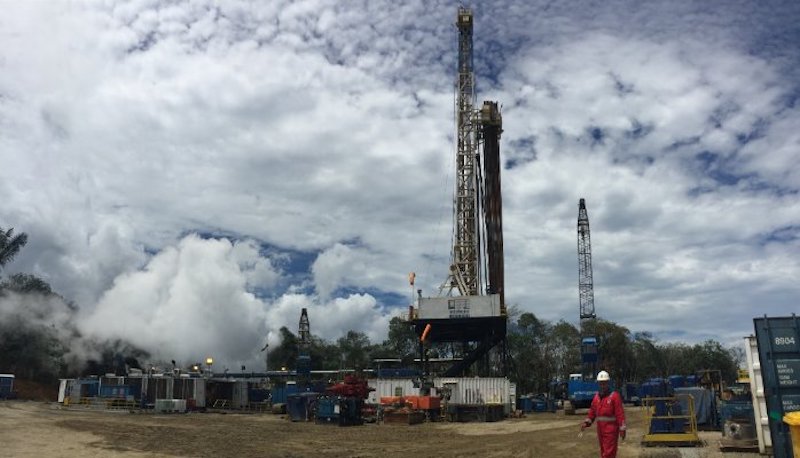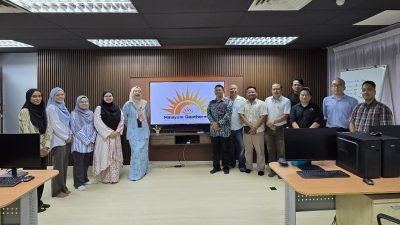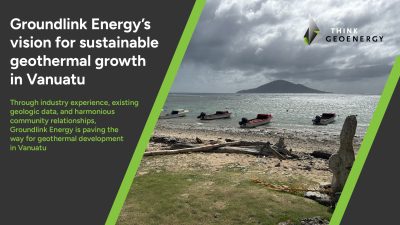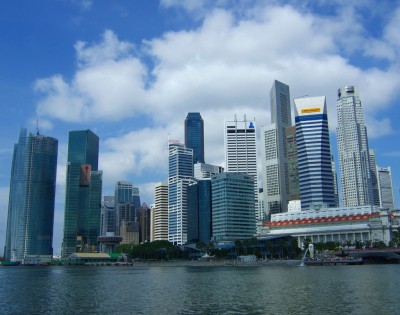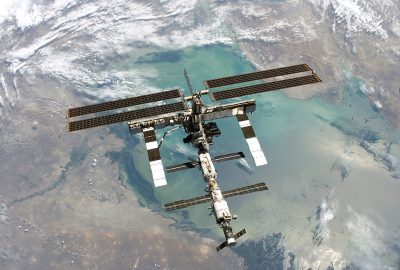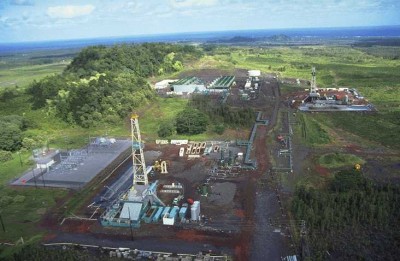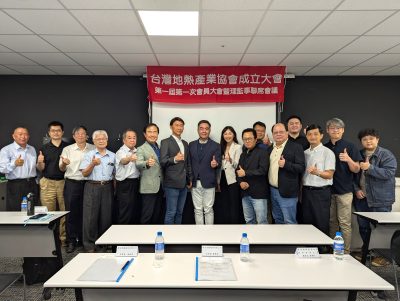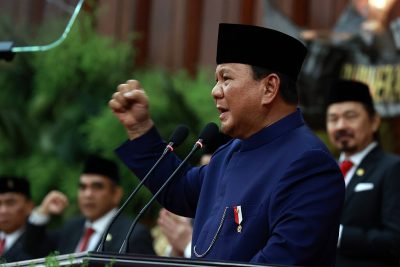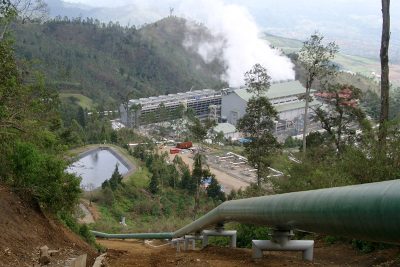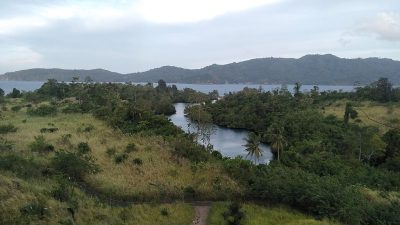Geothermal Exploration in Indonesia – an opinion piece
In this opinion piece on Geothermal Exploration in Indonesia, the author describes why he is sceptical about the Indonesian approach to foster geothermal exploration.
“With the technology at our disposal, the possibilities are unbounded. All we need to do is make sure we use it” – Stephen Hawking.
There have been several articles published recently, including the Jakarta Posts comment about funding for geothermal exploration. The author has been stating for quite some time that the key to geothermal development is exploration and investment and that the Government of Indonesia (GOI) has to take responsibility for this.
It is well known that Indonesia has 40% of the world’s geothermal reserves, although these reserves are only predicted and not confirmed. In order to confirm the resources, to know the extent of the “Ring of Energy”, (as this is what the Ring of Fire is), to know where the reservoirs are, exploration of the whole “Ring of Energy” has to be carried out, this can not be done by traditional exploration methods only due to the time, cost and investment requirements of exploring for something that carries a lot of risk.
A defined geothermal working area (WKP) is unlikely to define the extent of a geothermal potential, exploration has to cover more than the WKP area that has basically been defined by a surface manifestation, knowledge of the surrounding areas potential is important for the design of a geothermal power plant for expansion in the future.
Geothermal systems are inherently open systems and are often accompanied by surface outflows of mass and heat. Most of the presently known geothermal fields were discovered because of surface manifestations such as hot springs, fumaroles, and hydrothermally altered ground, i.e. using methods analogous to the exploration for oil by drilling on oil seeps. There are “hidden” or “blind” geothermal systems that by definition do not have readily identifiable surface manifestations. Although the frequency of occurrence of these concealed resources is largely a matter of speculation at this time, there exists a need to use a methodology for identifying these promising targets.
It is believed that the geothermal potential in Indonesia is far greater than predicted although predictions are unreliable. The following quote by (Manfred P. Hochstein and Sayogi Sudarman, 2015) is correct:
“To extend the speculation to predict the power potential of volcanic geothermal prospects has probably become an exercise in optimism”.
Speculation should not be a part of the geothermal vocabulary, neither does the common believe that exploration costs are high, yes, they are if we insist on not adapting to or accepting innovative technology for exploration, methods that can cost-effectively & quickly survey large areas, find Hot Rocks/the source, give a solid indication on Fluid Presence and System Location, Depth and Extent as well as define the reservoir and the caprock, prior to acquiring a licence, prior to going to the field, prior to spending enormous amounts of money on exploration methods that can not and do not define the extent of the geothermal resource. Why acquire a licence based on wishful thinking or even speculation?
The Jakarta Posts comment that the success of geothermal development depends on the availability of reliable geological data, this is absolutely true, current pre-drilling geothermal exploration methods are time-intensive, costly and do not achieve active reservoir imaging. The data is insufficient and the risk is too high, technology needs to be used and accepted by the geothermal industry in Indonesia. What the Jakarta Post is stating is what the author has stated in a previous article, which was titled “Give then data and they will come”.
PLN has openly stated that the lack of consistent data is an obstacle to developing the geothermal potential that Indonesia has, Castlerock Consulting stated that inconsistencies in past studies (which by the way has cost Indonesia a lot of money) led to an overestimation of existing reserves. Is it NOT the time that speculation was put to bed?, is it not the time that Indonesia knew its full geothermal potential? The author knows for a fact that there are hidden geothermal resources in Indonesia.
It has been stated many times that Indonesia needs investment and it needs to use new technology, not just for geothermal, but for the whole of the resource sector; one without the other does not work. To use proven technology, the regulations have to be adaptable for this, not as they are at this present time. I was surprised when I read that the number of licenses required for oil and gas investment had increased from 341 in 2015 to 373 in 2017, I was led to believe that doing business in Indonesia was meant to be easier, it’s not.
It is highly unlikely that there will be any takers to use the fund that is available from PT Sarana Multi Infrastrucktur (SMI), which is managing the Geothermal Fund Facility (GFF) unless regulations change and new technologies to Indonesia are adopted.
The right tools will give the right result. Now is the time for the government and geothermal companies to dust off the psychological barriers and start accepting innovative technology. There is technology available that can increase the knowledge of Indonesia’s geothermal resources, which in turn increases the chance of success, which increases the interest of investors. Most importantly – such technologies are non-threatening to conventional exploration methods, they are environmentally friendly, and they will improve the knowledge of Indonesia’s geothermal potential.
Innovative Technologies may sound like “a painful idea” at first, but in the long run, it can help to give a cure to the industry’s pain.
Exploration for geothermal resources does not need to take years to complete, it does not need to cost millions of dollars and produce speculative results. I was told the other week that exploration is reasonably successful when they drill by directional drilling methods, but is this not expensive? Why not drill direct into a reservoir? Sounds like guesswork to me, a full knowledge of the geothermal system before any drilling is carriedout is a must.
“A comprehensive knowledge of a country’s natural resources is one of the greatest and most valuable resources that a country can possess”.
Guest post by George Barber, Country Manager (TERTINDO)
